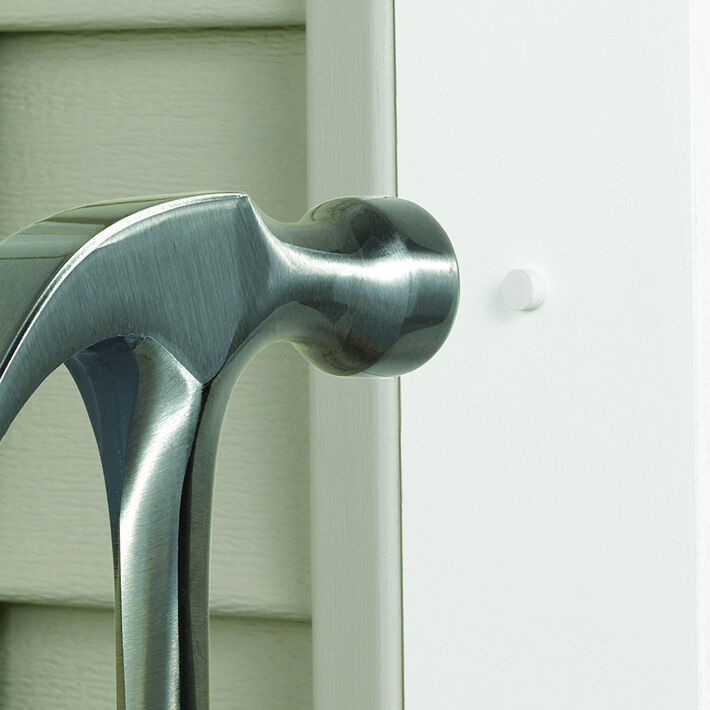PVC trim has become a popular option for interior construction and remodeling, notably utilized by AZEK trim boards. By eliminating the need for sanding and painting, PVC is a more efficient and convenient choice over wood trim.
The look and feel of PVC is from wood, and it’s also important to note that the installation process for PVC is different. Therefore, it requires a different fastener.
In the past, a trim nail would be used to install PVC. However, they are not very strong and require more nails for every foot of trim. Also, they sit into the trim, and leave a noticeable impression on the material. The impressions need to be filled with a matching putty, then sanded, which can ruin the texture of the material.
Traditional trim screws can also be used on PVC trim. While there are color-matching heads, they can also leave a noticeable impression, which is larger and more noticeable than the one left by nails.
This leaves one final option: the Cortex Hidden Fastening System from FastenMaster.
